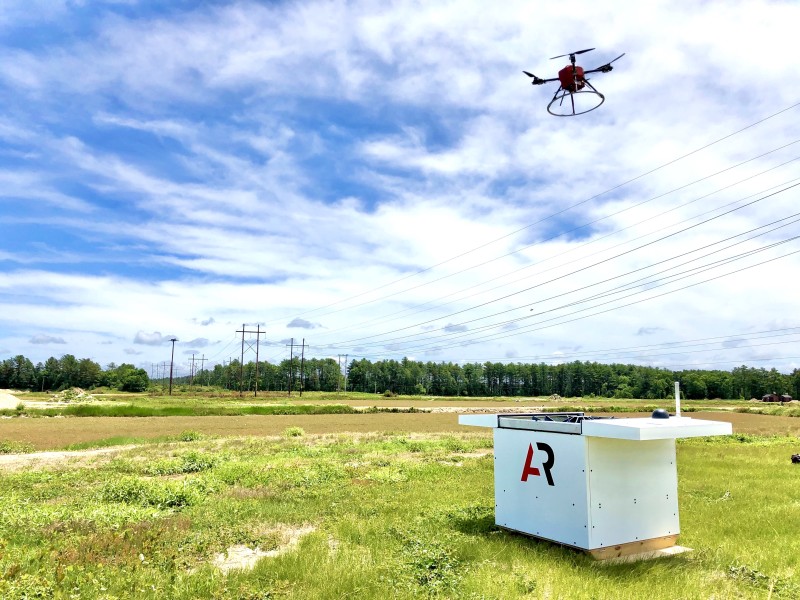In April, the Federal Aviation Administration (FAA) granted approval for American Robotics to add seven additional sites of operation for its automated BVLOS drone technology, the Scout System™. American Robotics, the first company approved by the FAA to operate automated drones without human operators on-site, now operates 10 BVLOS sites across eight states.
The seven new sites range from 0.1 square miles to 14 square miles and are located in North Dakota, Louisiana, New Mexico, Nevada, California, and South Carolina. The sites service a number of American Robotics customers, including Chevron, ConocoPhillips, and Stockpile Reports.
Recently, Commercial UAV News spoke with American Robotics CEO Reese Mozer about the FAA approval process, how BVLOS operations will help the company’s clients, and the ways increased BVLOS approvals can move the commercial UAV industry forward.
Commercial UAV News: Why is it important to expand the number of your BVLOS sites?
Mozer: Automated BVLOS operations are central to the viability of the commercial drone sector. Our customers demand it, and it is American Robotics’ mission to enable these types of operations across the United States and the world. To that end, adding these additional sites is a key validator of the scalability of American Robotics’ historic waiver and exemption package, as well as the FAA’s commitment to enabling advanced operations such as ours. American Robotics is now able to provide customers with the benefits of autonomous drone operations at 10 sites across eight US states, the largest of any such portfolio.
Commercial UAV News: Discuss the approval process. How do you work with the FAA? What steps are involved?
Mozer: The amendment to add additional sites to our existing waiver and exemption package is a faster process than achieving the original approval, as we are employing the same concept of operations or “CONOPS” and the same set of technologies—the Scout System—both of which have already been evaluated by the FAA. To add additional sites, we must identify and document the geographical areas we wish to operate in and then demonstrate an equivalent or superior level of safety. The typical locations that we and our customers wish to operate in are rural and thus relatively low risk. As we continue to build up our operational history and demonstrate the continued safety of our system, we expect our portfolio of sites to continue to expand.
Commercial UAV News: How will these new approvals impact your work with your clients?
Mozer: As the first company approved by the FAA to operate automated drones without operators on-site, American Robotics continues to build upon our industry-leading position as we expand the number of sites approved for automated BVLOS drone operations. These seven additional sites will provide current and expected customers with the tools needed to unlock scalable, autonomous drone operations that will help propel their businesses and critical industries forward. This achievement enables American Robotics’ customers, including Chevron, ConocoPhillips, and Stockpile Reports, to take advantage of the benefits of autonomous drone operations with the Scout System, including the ability to collect and analyze key data at frequencies never before possible. For future customers, this approval is further evidence that American Robotics is best positioned to unlock scalable, autonomous drone operations for them.
Commercial UAV News: Discuss how increased BVLOS approvals will advance the UAV industry overall?
Mozer: Autonomous drone operations are required to realize scalable drone operations for an estimated 90 percent of commercial drone use cases. Without such approval, pilots and visual observers are required to be present on-site anytime a drone is operating—which in most cases translates to a near-constant rate. The addition of these seven sites represents yet another important step towards scalable autonomous operations. It is a signal of both maturing technology and growing trust between the FAA and industry. We are proud to be at the forefront of these advancements and look forward to continuing our close partnership with regulators.
















Comments